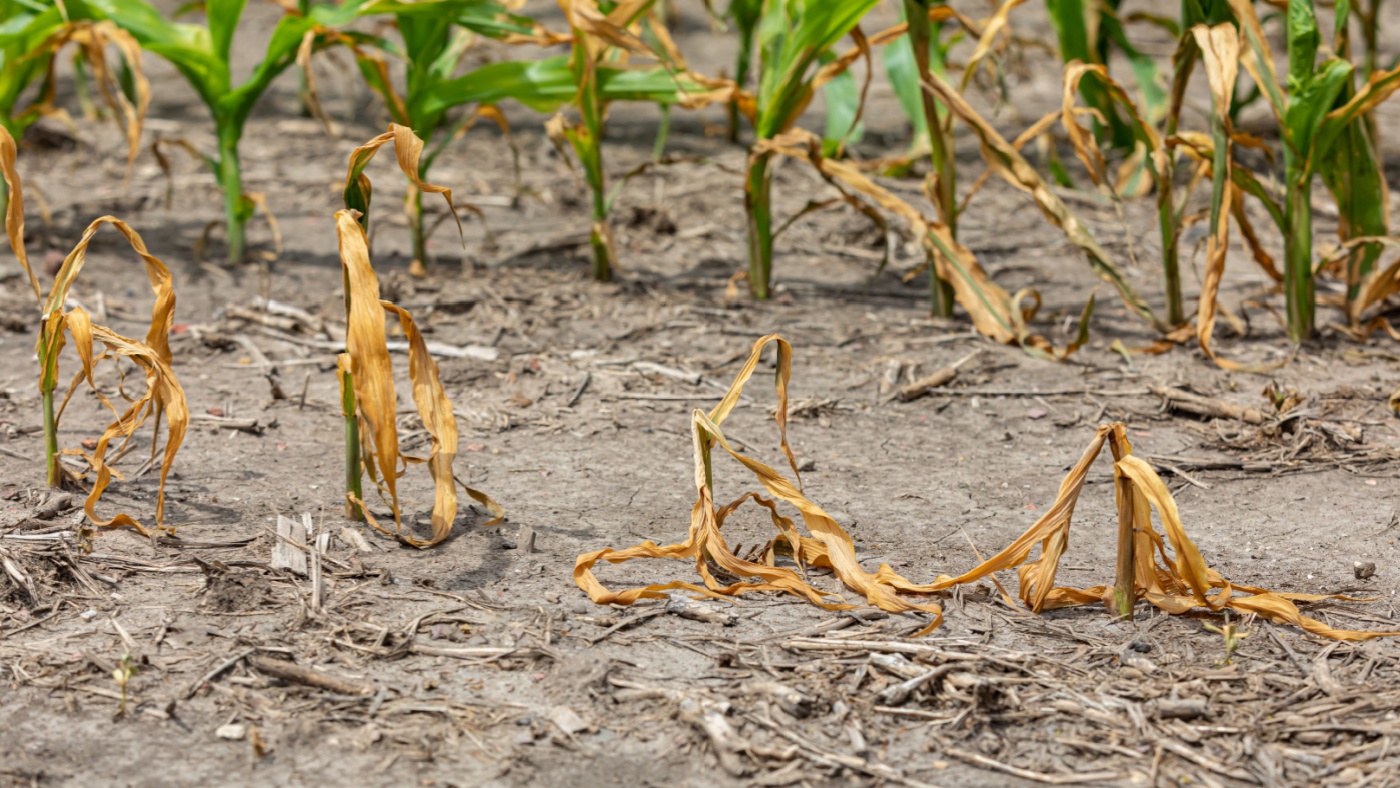Farming is a risky business, which is why every farmer should speak with a crop insurance agent before the March 15 crop insurance sales closing deadline.
Tom Zacharias, president of National Crop Insurance Services, encourages all farmers – whether new to crop insurance or returning policyholders – to meet with their crop insurance agent as a first step and review all options for insuring their crops in their specific farm locations.
“Farming comes with a multitude of risks, from unpredictable weather events and natural disasters to financial losses and crop price declines. This is why crop insurance exists. Crop insurance serves as the essential risk-management tool designed to provide timely financial assistance to farmers when they need it most. To keep up with the evolving needs of agriculture and farming, the crop insurance program is constantly improving and expanding, which is why we always encourage farmers to speak with a trained and licensed crop insurance agent before the crop insurance sales closing deadline.”
Agents also help farmers navigate the multitude of crop insurance options, policies, and products available to develop a personalized risk-management plan.
“There is literally a myriad of crop insurance options, policies, and products for farmers to choose from, including endorsements like the Enhanced Coverage Option or ECO, or the Supplemental Coverage Option or SCO and STAX coverage for cotton farmers. There are other options for specific areas of the country, such as the Tropical Storm endorsement that is part of the Hurricane Insurance Protection-Wind Index Endorsement for farmers along the East Coast and the Gulf Coast.”
Farmers should also discuss changes in their operation from the prior year.
“Whether farmers are returning policyholders or new to crop insurance, an agent will sit down with them to review all options for insuring their crops in their farm locations. Starting with the basics, farmers need to make sure their policy is up to date. Have there been changes in the operation? Is all the underlying paperwork in order? Agents can then help farmers determine which risk management tools best fit their operation’s needs.”
This past year, America’s crop insurers worked in partnership with USDA to provide insurance coverage on a record 540 million acres, protecting almost $200 billion of crops and livestock on farms of all shapes and sizes. Local crop insurance agents, adjusters, and companies stand ready to quickly provide a helping hand to America’s farmers and ranchers when it’s needed.


